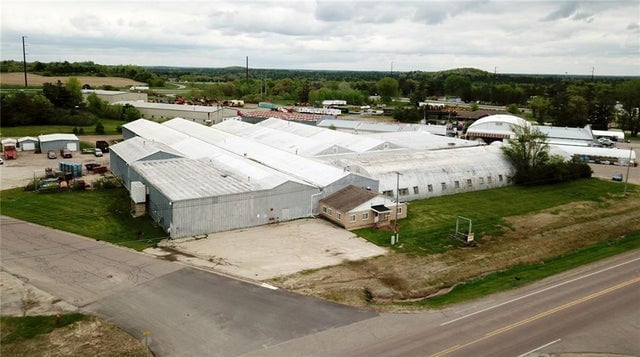Spring Update: Trip and Falls on Commercial Property
This article is about trips and falls that happen on commercial property like a store, private parking lot, residential apartment building, or other places of business. For more information about trips and falls on Private Property or on Public Property, please see related articles.
Common causes of trip and falls on commercial property
Spring thaw brings with it the potential for uneven sidewalks, loose steps, and cracks in the pavement or ground. Businesses are not always prompt to fix these hazards which can cause trip and falls and serious injuries.
Commercial property owners have a legal duty to keep their property reasonably safe
Under the Occupiers’ Liability Act businesses owe a duty to take such care in all circumstances to ensure persons brought onto their property are reasonably safe. The word reasonably excludes situations where the injured person takes on a risk willingly – like a person trespassing on a construction site.
Common sense approach
The Act is rooted in common sense and exists to protect the public. Thus something like mere knowledge of a risk by an injured person is not enough to make a claim invalid.[1] In one example a person who tripped on a stub that she previously been shown to have been aware of was still successful in her claim.[2]
Similarly if an injured person is unable to point to the precise location of their fall they can still be successful if they can show the property was generally unsafe.[3] In a related example a person tripped in a parking lot but could not prove where exactly. The court found the parking lot was in a generally unsafe condition and found in favour of the injured person.
If you or a loved one has been injured in a trip and fall it is important to speak with an experienced lawyer right away.
[1] Waldick v. Malcolm [1991] 2 S.C.R. 456.
[2] Litwinenko v. Beaver Lumber Company [2006] CanLII 28740 (ON C.A.).
[3] Kaim v. Kawartha Dairy Ltd. [2006] O.J. No. 435 (C.A.).



